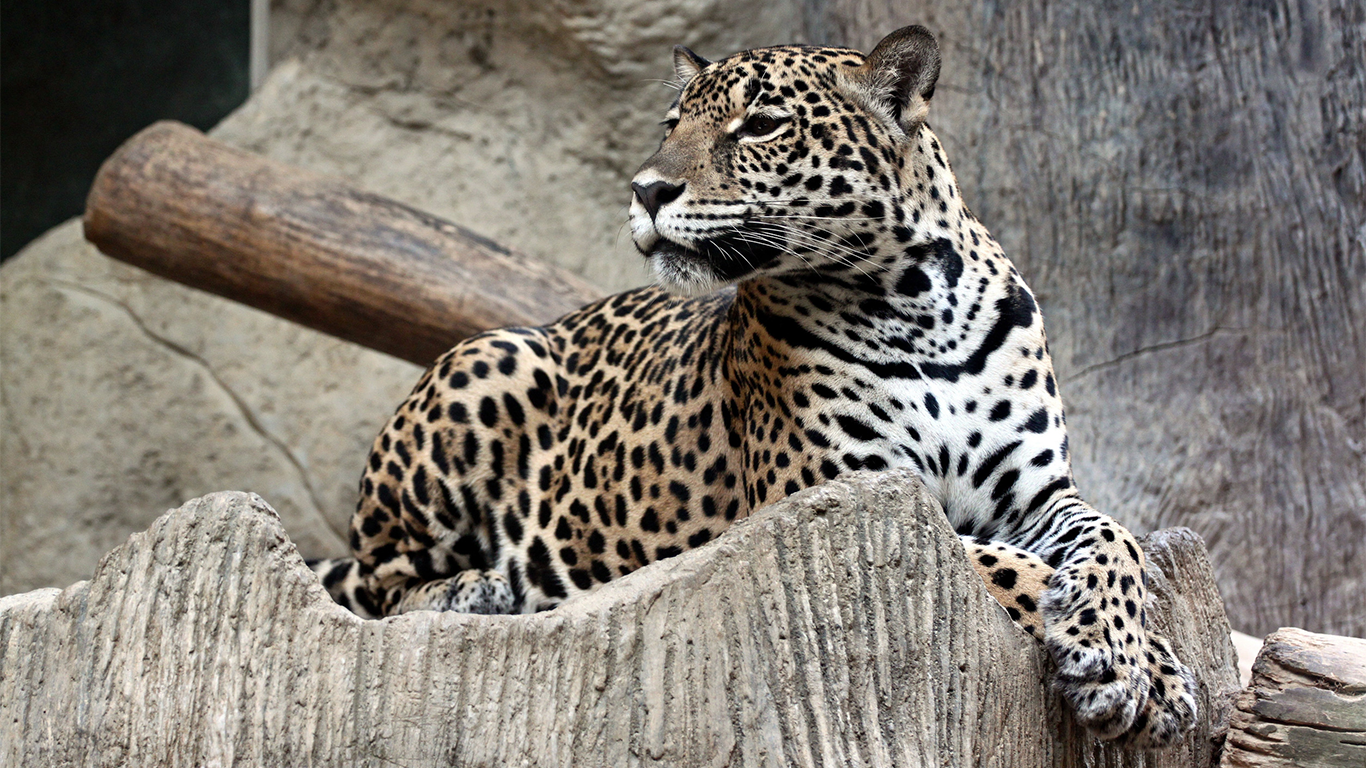Animals use sound in a variety of fascinating ways, whether it’s to communicate with each other, find mates, mark territory, or navigate their environments. These sounds serve essential functions for survival, reproduction, and social interactions. From the eerie calls of owls in the night to the high-pitched clicks of bats using echolocation, animals’ vocalizations are as diverse as the species themselves. In media, we rely on catalogs like an animal sound effects library to replicate or interpret these animal sounds, whether in a movie, a documentary, or even a video game. The process of recreating animal sounds for entertainment and research purposes is both an art and a science, and understanding how these sounds work in nature can help us better interpret how they should sound in a creative context.
How Animals Use Sound
In the wild, animals rely on sound for a variety of reasons that are critical to their survival. These sounds are often complex and serve very specific purposes, from warning others of danger to signaling a mate or establishing territory. Understanding how and why animals use sound gives us insight into their behaviors and the role sound plays in nature.
- Communication:
For many animals, sound is a primary means of communication. Take, for example, the vocalizations of wolves, who use howls to communicate with each other across long distances. A wolf’s howl can serve various purposes, like rallying pack members, alerting others about a threat, or even claiming territory. Birds, too, communicate through song. Male birds often sing to attract mates or defend their territory. Their songs are more than just beautiful noises; they are vital tools for securing a mate and asserting dominance. - Mating Calls:
Mating calls are another crucial use of sound in the animal kingdom. Male frogs, for instance, croak loudly to signal their presence to females during mating season. The louder and more rhythmic the call, the more likely a female is to choose that male. This is also true for many species of birds, like the nightingale, whose complex songs not only attract mates but also convey the bird’s health and vitality. In many species, the quality of the sound itself can act as an indicator of genetic fitness, which is a way for animals to ensure they mate with the healthiest partners. - Territorial Defense:
Sound is often used by animals to defend territory. Many species, like coyotes or lions, use vocalizations to warn others to stay away. These sounds can be anything from growls to roars, signaling that the territory is claimed and defended. Some birds, like the common raven, emit loud calls to mark their territory. In the animal world, a vocal display can prevent a physical confrontation by letting other animals know that the area is already occupied. - Navigating and Hunting:
Animals that live in environments where visibility is limited, like bats or whales, use sound in incredibly sophisticated ways to navigate and hunt. Bats, for example, use echolocation, emitting high-frequency sounds that bounce off objects in their environment and help them create a mental map of their surroundings. This allows them to locate prey and navigate in complete darkness. Similarly, dolphins and whales use a form of echolocation to communicate over vast distances and detect prey or obstacles in their environment. - Warning of Danger:
Many animals have evolved specific sounds to warn others in their group about predators. For instance, vervet monkeys have distinct alarm calls for different types of predators, allowing the group to react appropriately—whether that’s fleeing into the trees when they spot a leopard or staying still when an eagle is nearby. These warning calls help ensure the survival of the group, and often other members will respond immediately to the signal, even if they don’t know exactly what the threat is.
Replicating Animal Sounds in Media
Sound is one of the most powerful tools in media. Whether it’s a documentary showcasing the natural world, an animated film featuring wild animals, or a video game with immersive environments, animal sounds bring scenes to life. However, replicating these sounds convincingly is a delicate and complex process. The challenge lies in not only recreating the physical attributes of animal sounds but also capturing the emotional and functional aspects they represent.
- Field Recording and Manipulation:
One approach to recreating animal sounds in media is through field recordings. Sound designers use high-quality microphones and specialized recording equipment to capture animals in their natural habitats. These recordings, while authentic, often need to be manipulated to fit the context of the media. For example, the sound of a lion’s roar may be enhanced in a film to make it sound more menacing or powerful. The challenge is in balancing the authenticity of the sound with the emotional response it’s meant to evoke in the audience. A roar meant to intimidate or create tension will be treated differently than a sound intended to evoke awe or beauty. - Foley Art and Manual Creation:
In some cases, sounds are created manually, a process known as foley art. Foley artists might use a variety of props to mimic animal movements or vocalizations. For example, to replicate the sound of a snake slithering, foley artists might rub a piece of plastic or leather. For more complex vocalizations, like bird calls, they might use a combination of various objects, layering them to create the desired effect. While this method isn’t as commonly used for vocalizations (which are often digitally altered or created through recordings), foley plays an important role in replicating the sounds of animals moving through the environment. - Digital Sound Design:
Another approach to creating animal sounds in media is through digital sound design. Here, sound designers use synthesizers or sound manipulation software to create animal-like noises. This is especially helpful when trying to create sounds for creatures that don’t exist in real life, such as in sci-fi films or animated features. For instance, in movies like Jurassic Park, the sounds of dinosaurs were created by combining various animal noises, such as the roar of an elephant, the growl of a lion, and the call of a bird, with digital manipulation to create a unique soundscape for these fictional creatures. - Sound Interpretation in Scientific Research:
While the creation of animal sounds in media is driven by artistic and emotional goals, sound in scientific research plays a different, more analytical role. In bioacoustics, researchers study the sounds animals make to understand their behavior, health, and how they interact with their environment. For example, scientists might analyze the frequency and pattern of whale songs to track migration patterns or to monitor changes in their behavior due to environmental factors like pollution or climate change. The interpretation of these sounds can provide critical insights into the well-being of animal populations and the overall health of ecosystems.
The ways in which animals use sound are as diverse as the creatures themselves, and these sounds have essential functions in their lives. Whether they are used for communication, mating, or defense, animal vocalizations help to ensure survival and social cohesion. Replicating these sounds in media and research brings these natural phenomena to life for audiences and provides valuable insights into the lives of animals. Through field recordings, foley art, digital manipulation, and bioacoustic research, we are able to not only mimic these sounds for entertainment but also gain a deeper understanding of the creatures that inhabit our world. The intersection of nature, technology, and creativity helps us bridge the gap between the natural world and human experience, making both our media and our scientific efforts richer and more informed.




